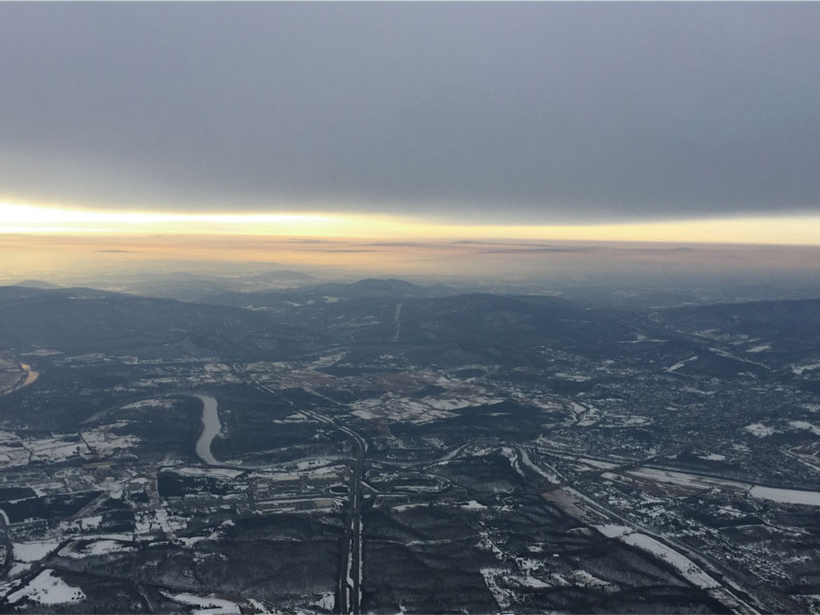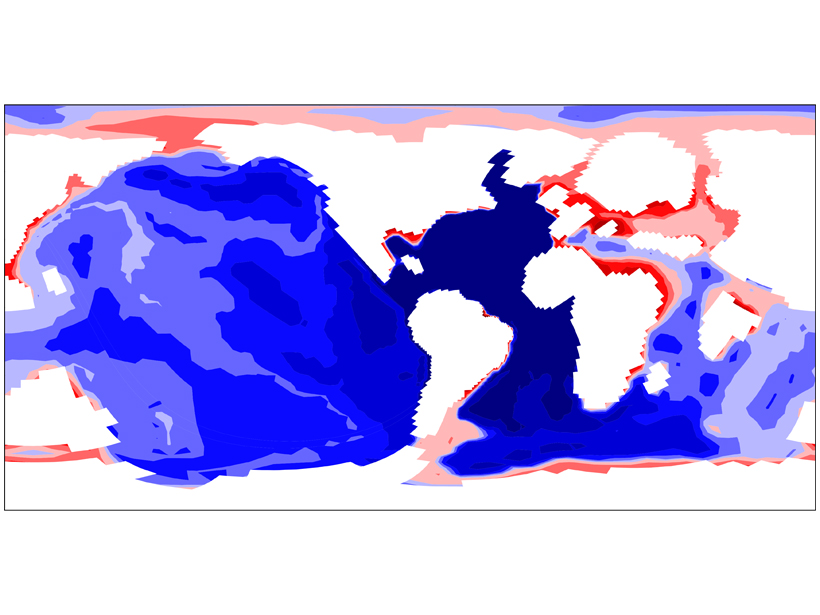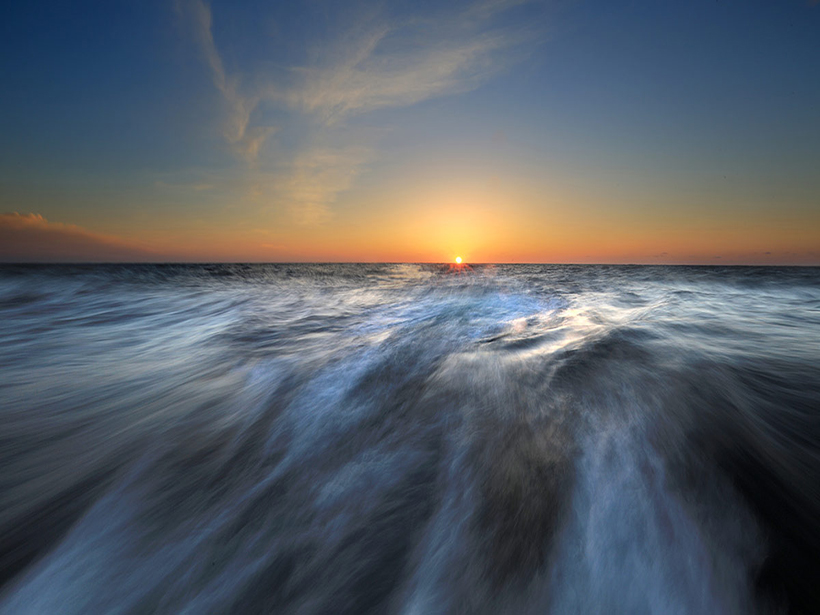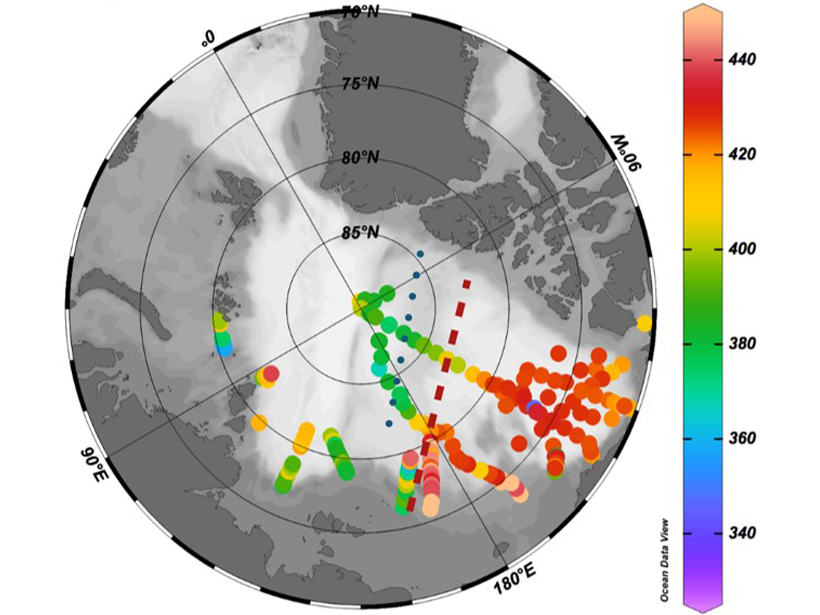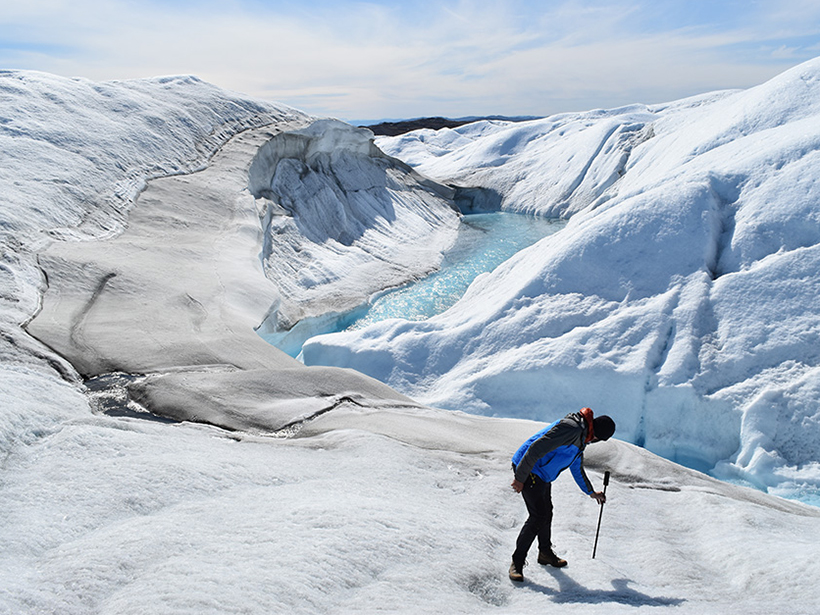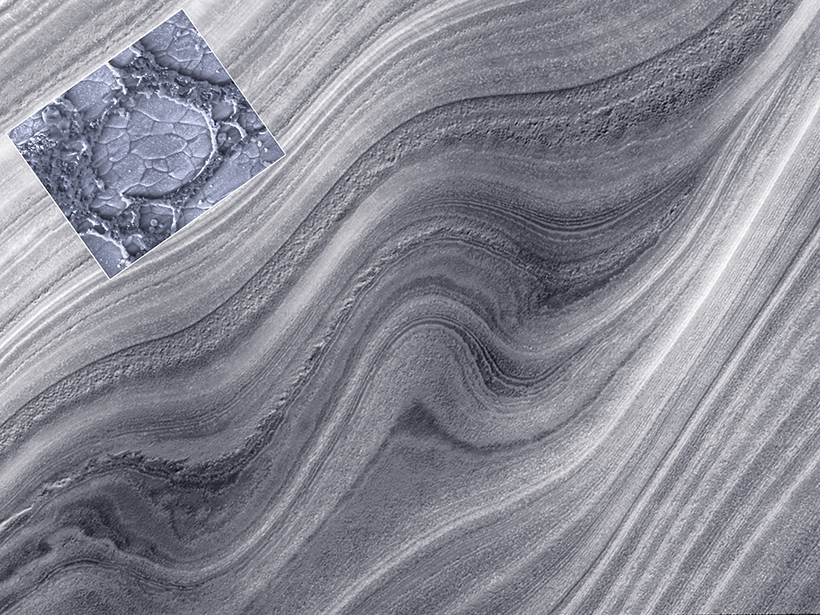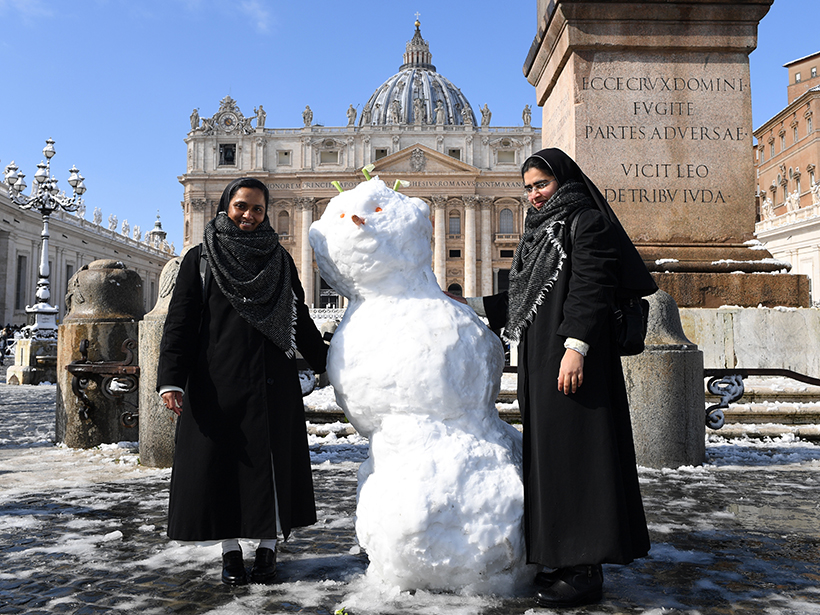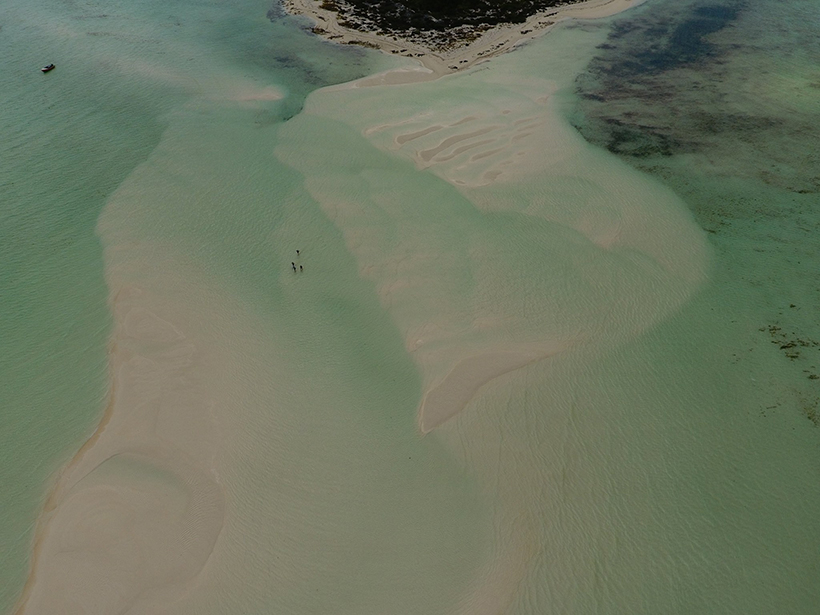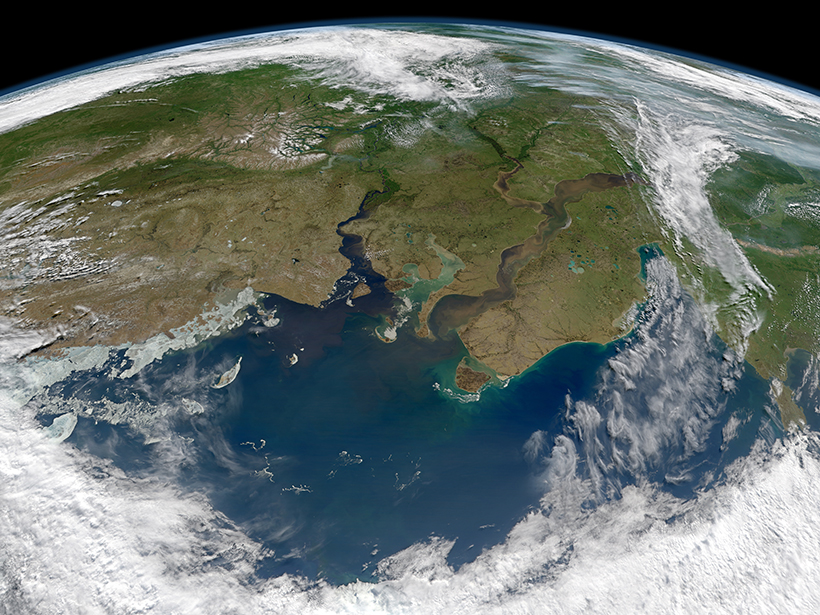Past studies underestimated a major pollution source, particularly in rural areas.
Geophysical Research Letters
Explaining Ocean Acidification Patterns During Ancient Warming
Asymmetrical changes in ocean circulation and the marine carbon cycle could account for different degrees of ocean acidification between the Pacific and Atlantic.
Jupiter’s Northern Lights on Display in Otherworldly Movie
The first movie of Jupiter’s infrared aurora gives scientists a new look at the Jovian magnetic field.
Numerical Models Overestimate Near-Inertial Wind Power Input
The first study to estimate the global wind power on internal gravity waves based solely on observations offers a new benchmark for comparing future calculations.
Distinguishing Pacific and Atlantic Contributions to the Arctic
A semi-conservative tracer combining nitrate and dissolved oxygen is more accurate than traditional tracers in distinguishing between Atlantic and Pacific water mass contributions to the Arctic.
Mapping Ice Algal Blooms from Space
Satellite data reveal how colorful algae are melting the Greenland ice sheet.
How Do Intergranular Particles Affect the Flow of Ice?
Laboratory experiments that indicate rock particles can impede sliding along grain boundaries in ice may help researchers more accurately determine the composition of planetary ice masses.
Using Multiple Models to Improve Seasonal Forecasting
The first study to examine the ability of a suite of general circulation models to predict sudden warmings in Earth’s stratosphere highlights the potential for improving Northern Hemisphere forecasts.
Old Idea Spurs New Research into Origins of Carbonate Mudstones
Using modern techniques, scientists tested an old hypothesis about carbonate mud production to shift the thinking about rocks that are used as seawater archives and a source of petroleum.
How Yellowing Seas Will Affect Ocean Temperatures
Materials that trap solar heat at the sea surface could cause more extreme temperatures.

